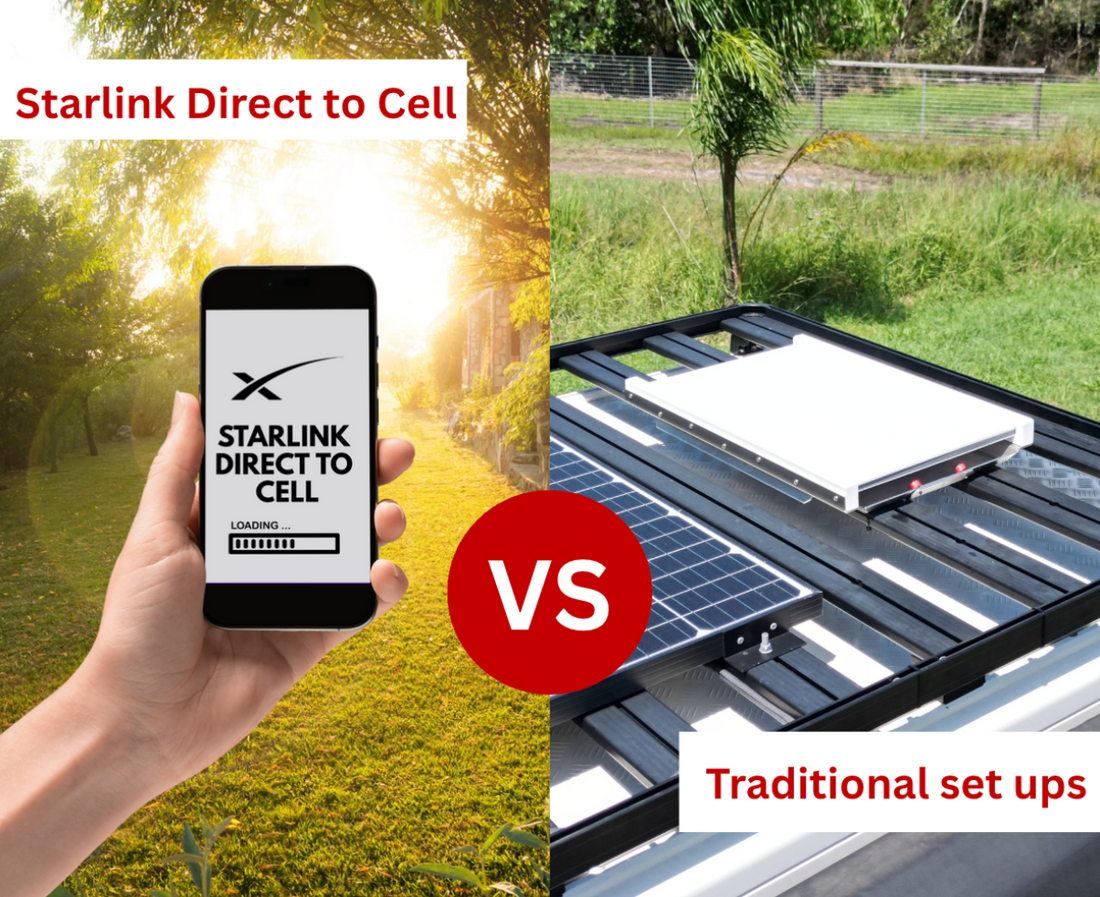The Starlink landscape is evolving, and the upcoming Direct to Cell feature is making waves. Promising phone-level connectivity without a Starlink dish, it’s got many wondering if traditional vehicle-mounted Starlink systems are becoming obsolete. But let’s break it down and see what’s really going on—especially for those relying on rock-solid comms in the Aussie outback.
Starlink Direct to Cell – What’s the Go?
Starlink’s latest push, Starlink Direct to Cell, aims to provide satellite connectivity directly to your mobile phone. It’s being rolled out progressively through Telstra, starting with text capability in beta testing in the US and Australia, with voice, data, and IoT features expected by 2025–2026.
In Australia, Starlink's Direct to Cell technology is designed to work with existing smartphones, however it is important to note that you will need a modern smartphone such as the Samsung Galaxy S25.
What are the Advantages:
- No extra gear needed – Just your mobile phone (if compatible).
- Good for emergencies – Handy as a low-bandwidth backup when out of range.
- Automatic switching – Phones will eventually roam onto the satellite network seamlessly.
What are the Considerations:
- Limited data – Think basic messaging and low-speed data, not streaming or remote work.eg, high speed dial-up for those that remember!
- Not ready yet – Full features (like data/voice) are still some time away. Only Texting is part of the first rollout and only in outback remote areas.
- Only available initially on select phone models.
- Unknown costs – Pricing models are yet to be finalised.
- Must be outside to use so your mobile can connect with satellites, initially not available in residential areas/ cities. Unknown how it will work in and around structures, trees and built up areas.
Traditional Vehicle-Mounted Starlink – The Proven Performer
Vehicle-mounted Starlink systems utilize the Starlink Roam / Flat High Performance Dish to deliver true broadband internet virtually anywhere, even in the most remote locations.
Key Advantages:
- High-Speed Connectivity: Seamlessly stream, video call, and upload large files without interruption.
- Multi-User Capability: Supports multiple users simultaneously for Wi-Fi calling and data access.
- Exceptional Reliability: Maintains strong connectivity where other technologies often fail—even in extremely isolated areas.
- Readily Available: This is a tested, proven solution already deployed successfully across Australia.
Considerations:
- Power Requirement: Operation requires a power source.
- Less Portable: Larger than mobile-based options and not as compact.
Why Outback Comms Still Leads the Pack
While Direct-to-Cell technology offers an exciting look into the future, our vehicle-mounted Starlink solution remains the most reliable and robust option for those who need dependable and constant connectivity right now.
The Tough Mount, or the newly designed Grab & Go products from Outback Comms, are built for harsh Aussie conditions. Both provide a secure way to mount or store your starlink dish while in use. Both offer flexibility for travellers or remote/ on the go workforce, no matter where you are located.
Summary:
If you’re hoping to send an SOS or maybe get a message through in a pinch, Direct to Cell will be a handy tool if you are remotely located.
But if you’re running a business, working remotely, uploading drone data, or wanting to entertain the kids on a rainy camping trip and need to be streaming Netflix from the bush—nothing beats a Tough Mount Vehicle Kit and a full Starlink setup.
Until Starlink Direct to Cell can handle full data loads and becomes widely available, Outback Comms remains the go-to for real-world Connectivity when it counts.

